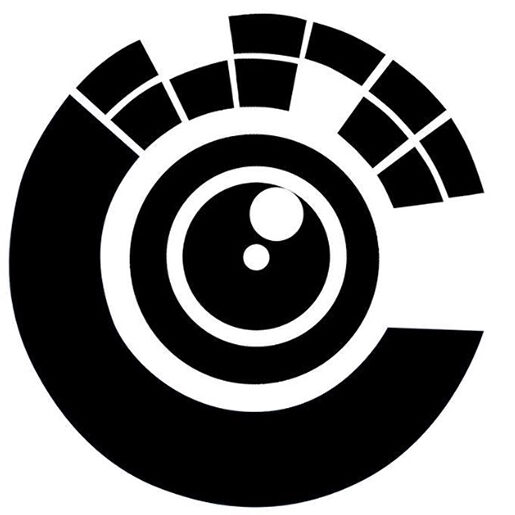How I Learned Screenwriting : From VFX Shoot Supervisor to Screenplay Enthusiast

How I Learned Screenwriting is my journey into screenwriting which didn’t begin in a classroom or a writing fellowship—it began on set. While working as a VFX shoot supervisor at Contiloe, I often found myself with long stretches of downtime between takes or setups. During these idle hours, I started exploring screenwriting as a way to pass time and stay creatively engaged. It wasn’t a plan—I just followed a curiosity.
How I Learned Screenwriting : I find the topic of how I learned screenwriting interesting, and I am still exploring and enjoying it.

The first screenwriting resource I picked up was Save the Cat! by Blake Snyder, a book praised for its practical, market-savvy approach to storytelling. But at first, I struggled. The book’s use of screenwriting terminology and structural jargon felt foreign. Terms like “Fun and Games,” “Break into Two,” or “Dark Night of the Soul” didn’t make immediate sense. I didn’t yet have the technical vocabulary to connect those concepts to the movies I knew and loved.
It wasn’t until I read other books—like Creating Character Arcs by K.M. Weiland and The Anatomy of Story by John Truby—that things started to click. Creating Character Arcs in particular gave me an in-depth view and understanding of the changes characters undergo from the beginning to the end of a story. It showed me how characters evolve emotionally and psychologically, which added a powerful layer to how I approached writing.
How I Learned Screenwriting : Writing My First Script Before Deepening My Knowledge

Interestingly, I started reading these screenwriting books after I had finished my first script. I was happy with what I had written, but I wanted to know if I was on the right track. Reading the books gave me a deeper understanding of story structure and character development. This knowledge prompted me to revisit my script multiple times, making changes and improvements as I learned more. The writing process became iterative—a continuous journey of refining and learning rather than a one-time effort.
Reading Was a Challenge: Taking My Time and Revisiting Concepts
Since I had been away from serious reading since my school days, finishing my first screenwriting book took me about three months. I often forgot parts of what I had read and had to go back and reread sections multiple times. This slow process wasn’t frustrating—it was part of relearning how to engage deeply with a text after a long break. It taught me patience and reinforced my understanding as I absorbed the material bit by bit.
Scripts That Brought It to Life: Braveheart & Jurassic Park

Another major breakthrough came when I started reading actual scripts. I downloaded the screenplays for Braveheart and Jurassic Park, two films I had practically memorized. Because I knew these movies so well, reading their scripts became a visual experience—I could see the scenes play out in my mind as I read. That helped bridge the gap between theory and execution. I wasn’t just learning concepts—I was seeing how I could translate them to the screen.

This hands-on reading gave me a practical understanding of how formatting, pacing, and visual storytelling work on the page. It also taught me how much of a screenplay is about clarity and rhythm—something that structure books often try to explain but only make sense once you’ve seen it done well.
Why I Chose the Three-Act Structure as My Foundation

As I immersed myself deeper into the world of screenwriting, I discovered various structural systems—five-act models, seven-point outlines, even Truby’s detailed 22-step approach. But the structure that felt most intuitive and comfortable to me was the three-act structure. Filmmakers consciously use this timeless model that underlies almost every great film.
The Beginning: Act I – Setup: Introduces the characters, setting, and the central conflict.
The Complication: Act II – Confrontation: Escalates the tension and pushes the protagonist toward transformation.
The Solve: Act III – Resolution: Provides emotional payoff and narrative closure.
Once I understood this structure, I could see how Save the Cat!’s beats and Truby’s story steps were simply expanded elements within the three-act flow. And when layered with Weiland’s insights on character arcs—tracking the Lie the character believes, the Truth they discover, and the emotional journey between—it became a powerful framework to guide my writing.
Writing as a Creative Anchor in Quiet Times
At a time when I had no fixed job and nothing concrete on the horizon, screenwriting gave me something more than just a distraction—it gave me purpose and structure. The blank page became a place where I could explore, process, and build. Even if no one saw the scripts I wrote, the act of writing itself kept my mind active and gave meaning to otherwise unstructured days.
Instead of feeling like my time was being wasted, I realized I was slowly building a skill. One that might not pay off immediately, but one that could evolve into something meaningful with consistency.
Final Thoughts: Learning by Doing Is Enough
For anyone who feels stuck or idle right now, I’d say this—your time isn’t wasted if you’re creating. Whether you’re reading scripts, breaking down movies you love, or just writing short scenes, you’re building something. You don’t need to understand every piece of terminology on day one also don’t need a degree in screenwriting. You just need curiosity, time, and the patience to learn as you go.
What started for me as a way to pass time on a film set has grown into a passion and creative anchor. If you’re in a quiet phase of life, this might be the perfect time to discover your own version of that.

